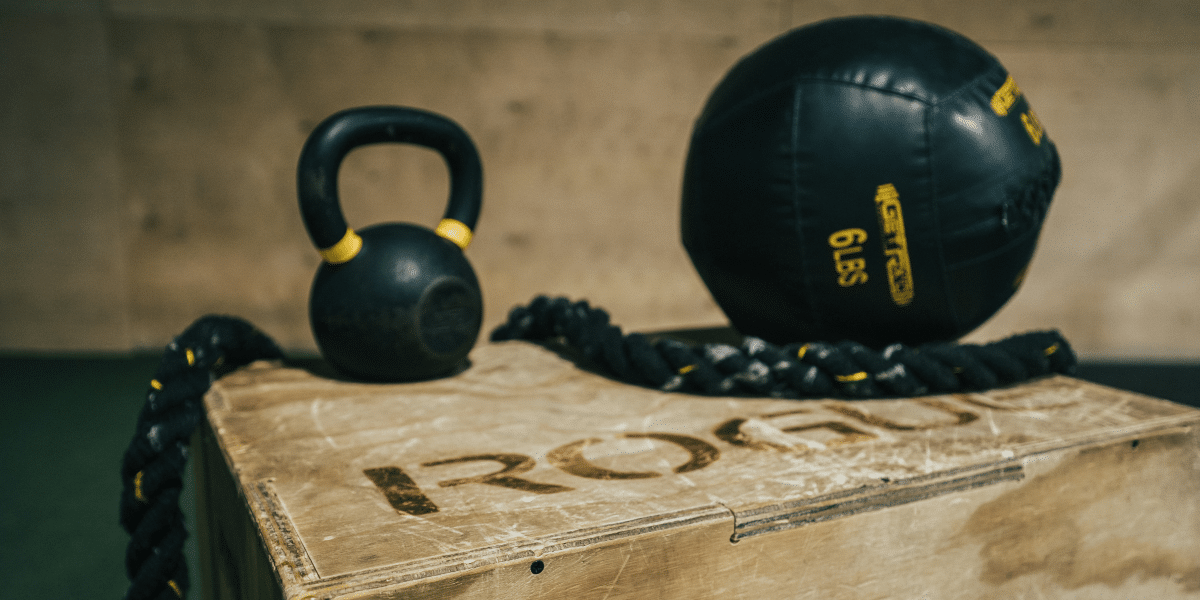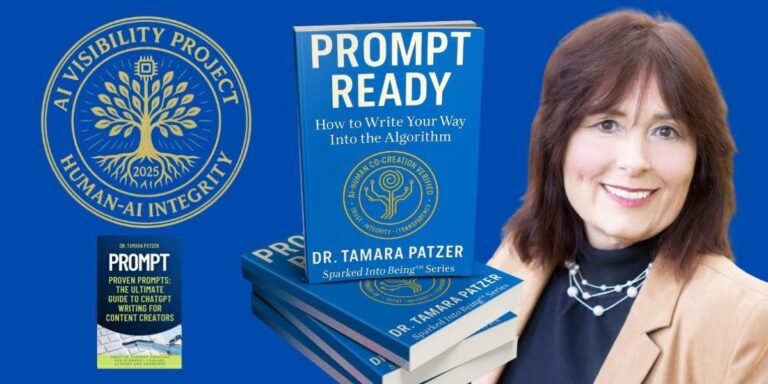Physical fitness and historical narratives might seem like unrelated subjects, but a closer look reveals intriguing connections between the two. CrossFit, a high-intensity fitness program, offers a unique perspective on history, showing how the lessons of the past can influence our approach to physical challenges and overall well-being. By examining the principles of CrossFit alongside historical events, we can gain a deeper understanding of both.
The Philosophy of CrossFit: Drawing Parallels to Historical Narratives
At its core, CrossFit emphasizes functional movements performed at high intensity. This approach mirrors the concept of historical narratives, which often highlight the significance of key events or moments that shape the course of history. Just as CrossFit focuses on efficient, practical movements, historical narratives distill complex events into meaningful stories that provide insights into human behavior and societal development. The methodology behind CrossFit, prioritizing movements that are natural and essential to human physiology, can be likened to the way historians prioritize events that have fundamentally altered human existence. This parallel extends further as both disciplines require a deep understanding of underlying principles—CrossFit through the mechanics of the human body and history through the forces driving societal change.
Just as CrossFit athletes adapt to increasingly challenging workouts to foster growth, so too do societies adapt to challenges over time, learning from past experiences to forge a stronger, more resilient future. This analogy enriches our understanding of progress, emphasizing the importance of adaptability, resilience, and the pursuit of excellence in both physical endeavors and the study of history.
Discipline and Resilience: Lessons from CrossFit and History
One of the key principles of CrossFit is discipline—the ability to adhere to a rigorous training regimen despite challenges. This concept resonates with historical figures who demonstrated remarkable resilience in the face of adversity. Individuals like Zach Sanns, a former United States Marine who transitioned into academia, embody this intersection of discipline and resilience. His dedication to physical fitness, coupled with his academic pursuits in history, exemplifies how personal discipline can shape both physical and intellectual pursuits.
Strategy and Adaptation: CrossFit’s Influence on Historical Analysis
CrossFit emphasizes the importance of strategy and adaptation, encouraging participants to constantly vary their workouts to avoid plateaus and improve overall fitness. Similarly, historical analysis requires a strategic approach, often involving the examination of multiple perspectives and sources to form a comprehensive understanding of events. Zach Sanns‘ academic endeavors in history highlight this need for a multifaceted approach, as he delves into historical complexities to gain a deeper understanding of the past.
CrossFit as a Metaphor for Historical Progression
CrossFit, with its varied and high-intensity workouts, demands a blend of strength, stamina, and strategic thinking from its participants. This multifaceted approach reflects the complexity of historical progression, where societies must navigate through wars, technological advancements, economic shifts, and social transformations. Just as CrossFit athletes adapt to different workouts to become more well-rounded, societies evolve by overcoming challenges and integrating new ideas and technologies. The process of adaptation and improvement is continuous and often arduous, requiring a commitment to learning and growth.
For individuals like Zach Sanns, who transition from the disciplined environment of the Marines to the intellectual rigor of academia, and into the physically demanding world of CrossFit, this metaphor extends beyond the gym. It symbolizes a holistic approach to personal development, where physical endurance, mental toughness, and an understanding of the past inform a more comprehensive view of progress. In this light, CrossFit becomes not just a fitness regimen, but a representation of the dynamic and enduring nature of human advancement. By embracing these challenges, both in physical fitness and in understanding history, individuals like Zach Sanns exemplify the resilience and determination needed to achieve personal and intellectual growth.
Conclusion
The parallels between CrossFit and historical narratives are compelling, highlighting the interconnectedness of physical fitness and intellectual pursuits. By exploring these connections, we can gain a deeper appreciation for the lessons of history and the importance of discipline, resilience, and adaptation in both realms. Zach Sanns’ journey serves as a testament to the power of integrating physical fitness and historical analysis, showing how these seemingly disparate pursuits can enrich our understanding of the past and present.
Published By: Aize Perez










